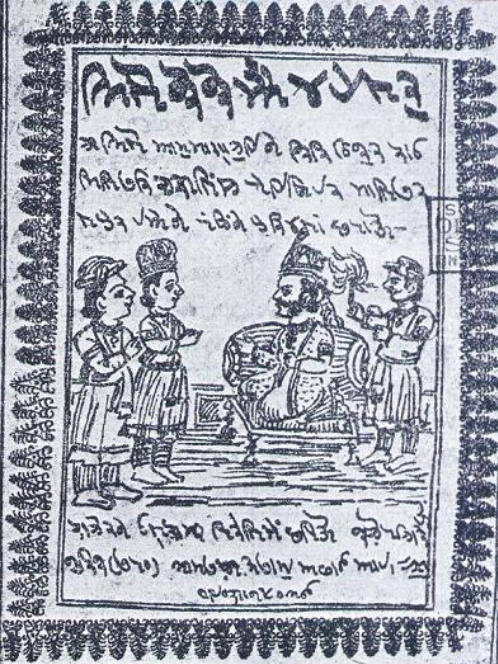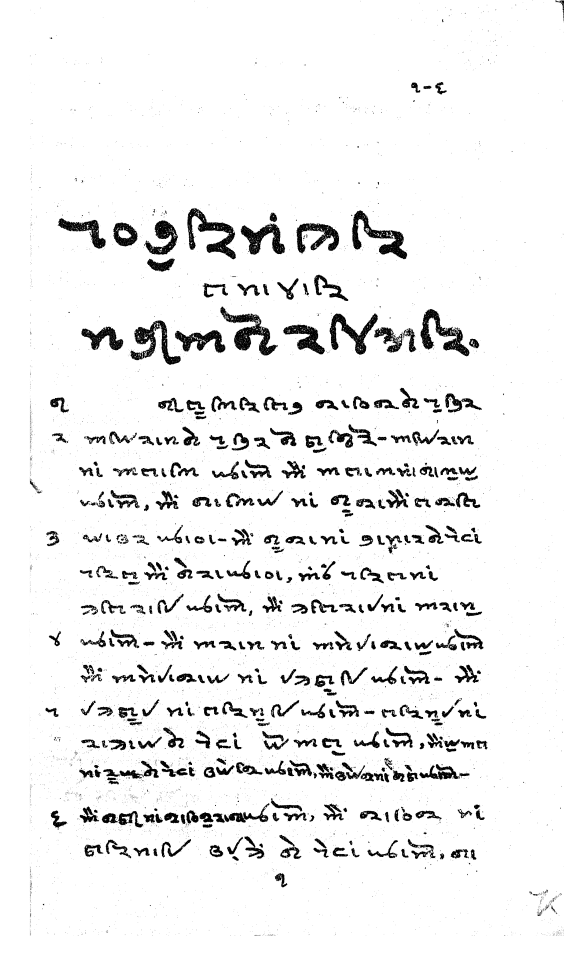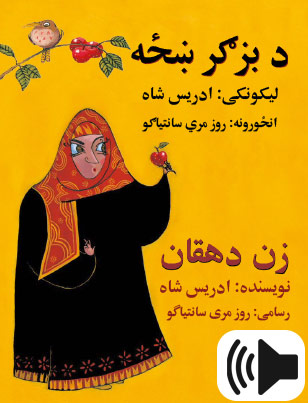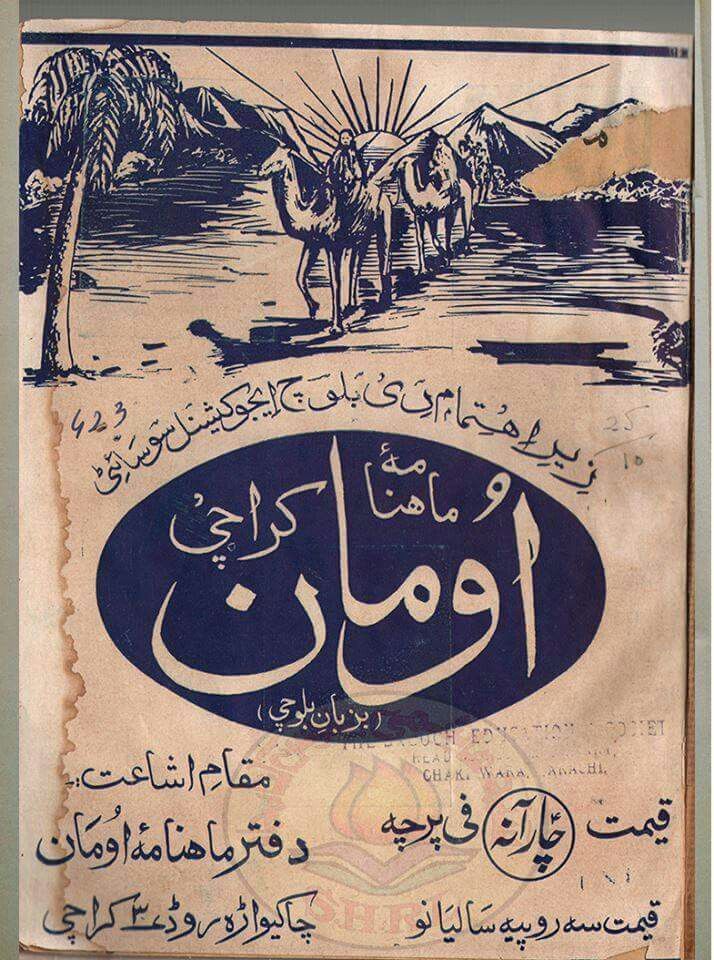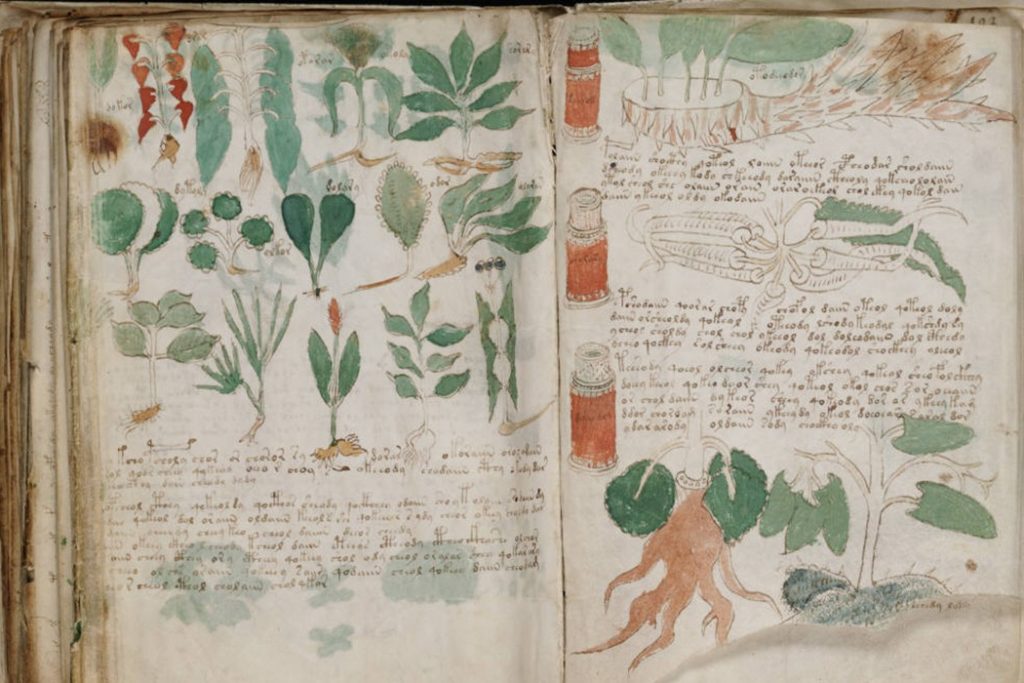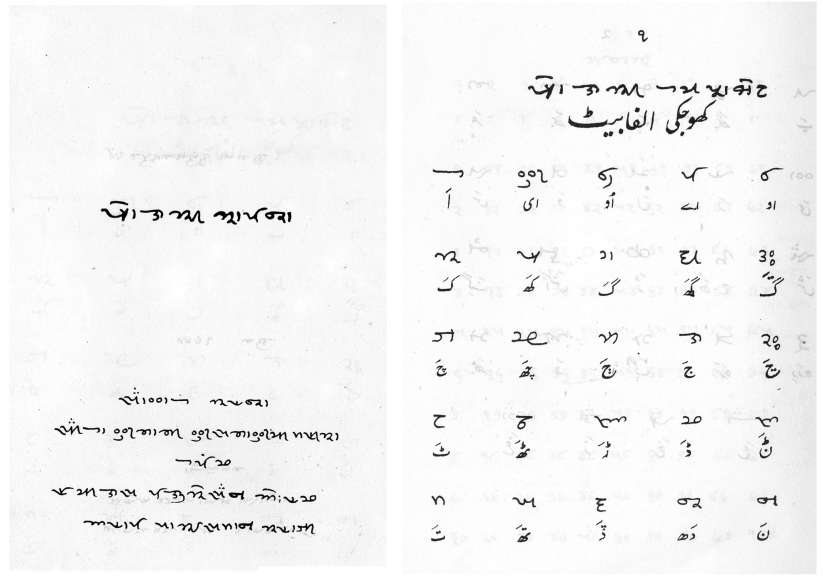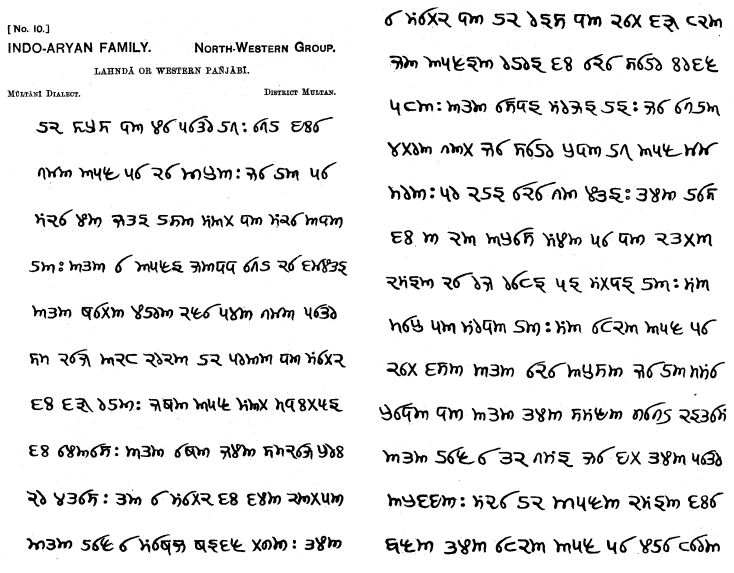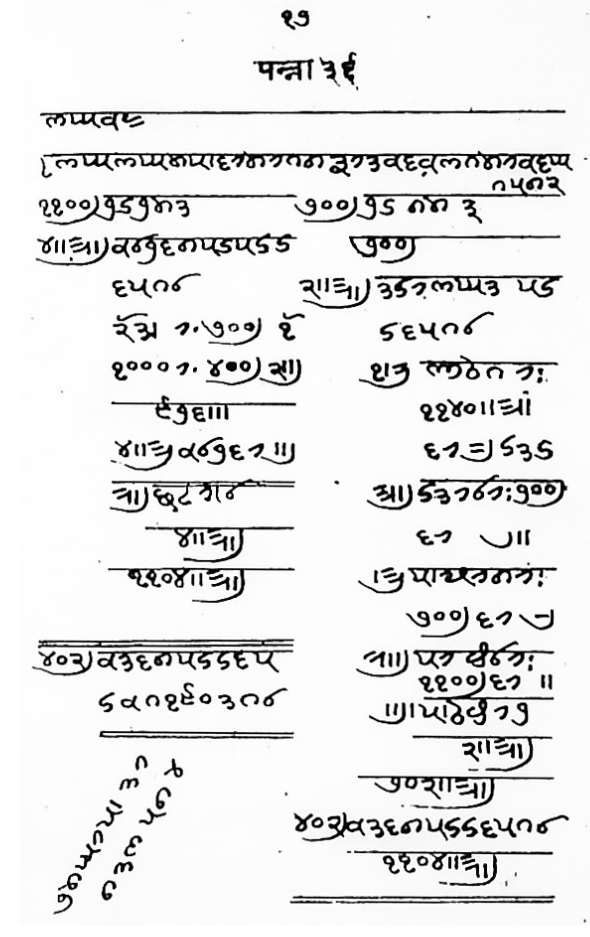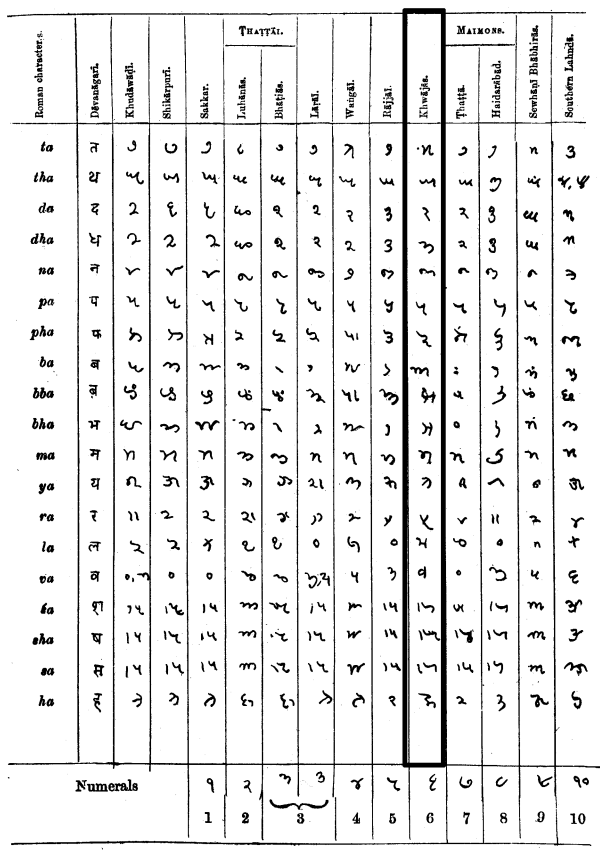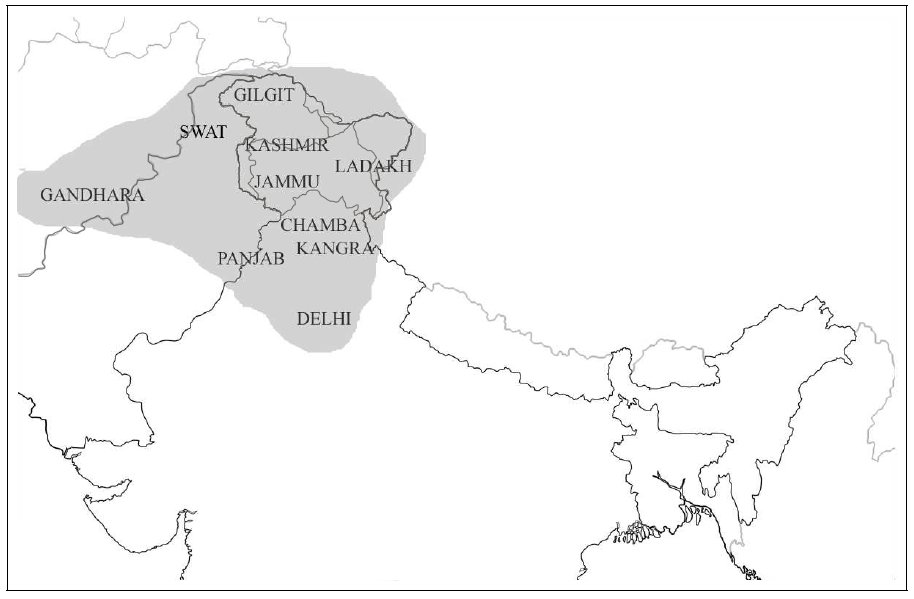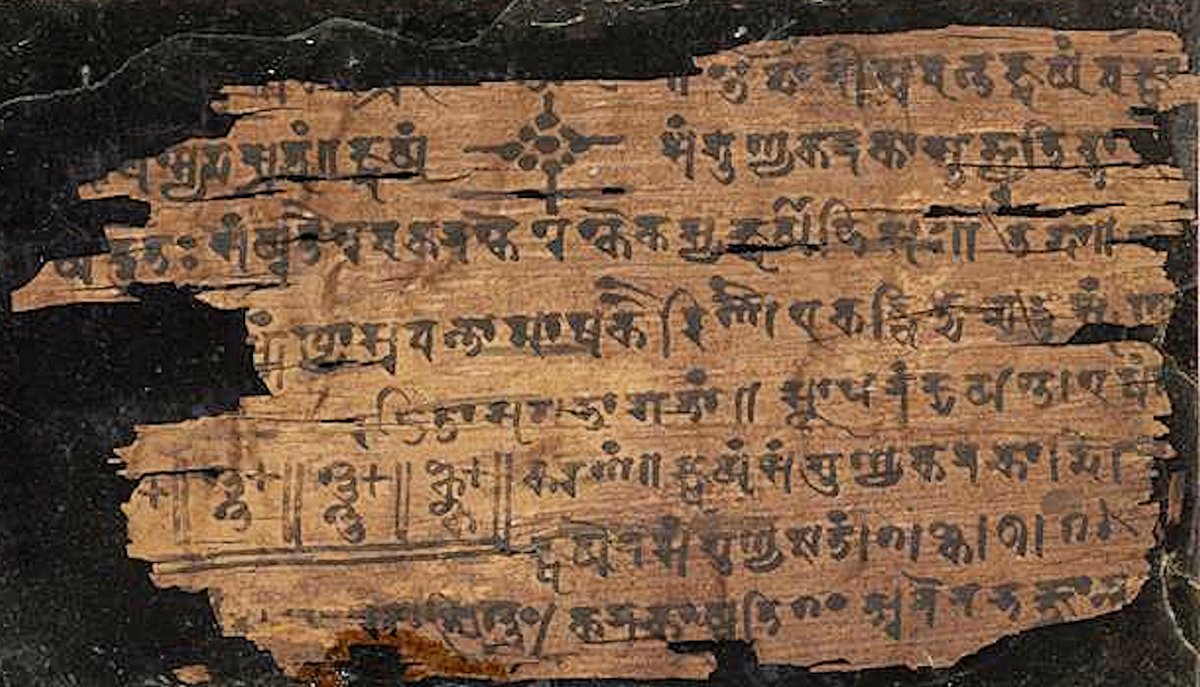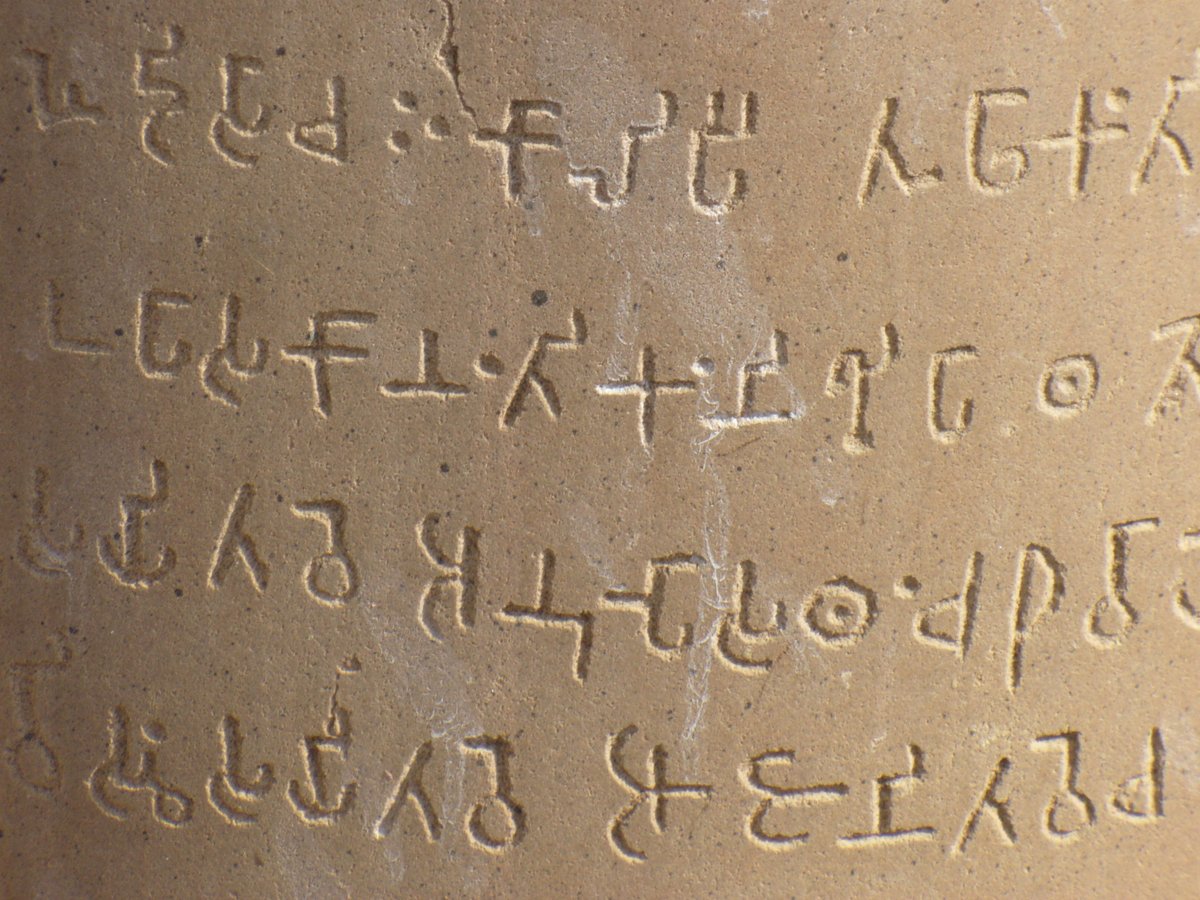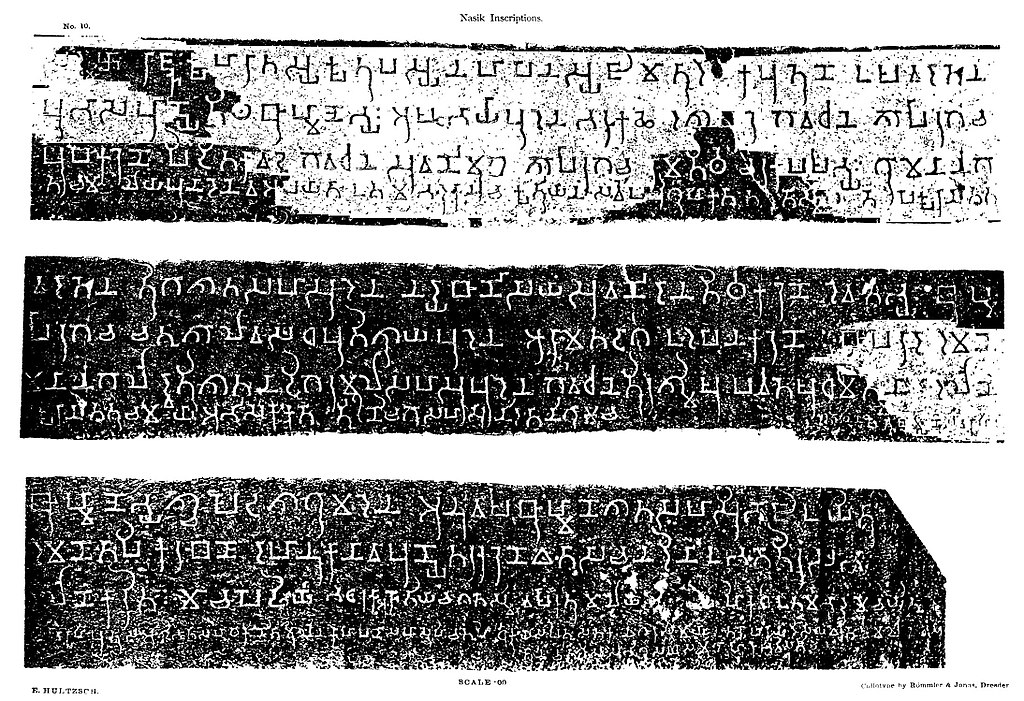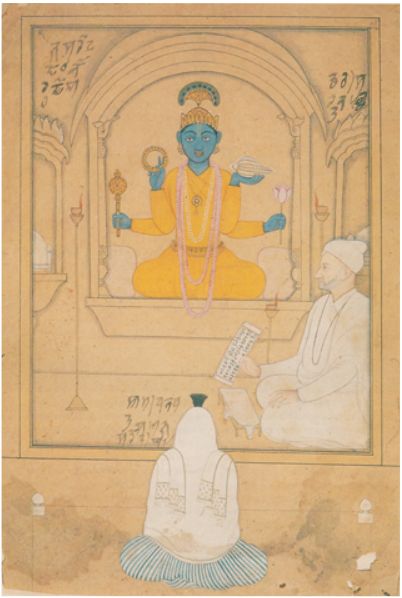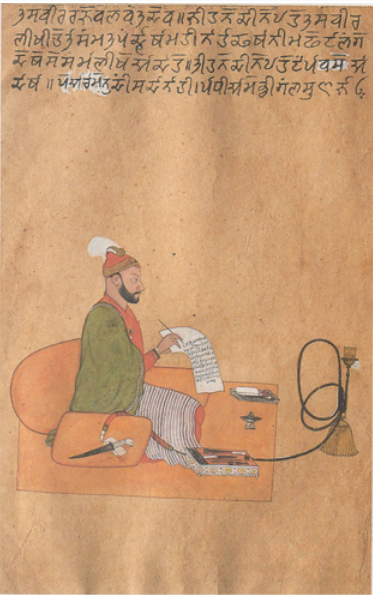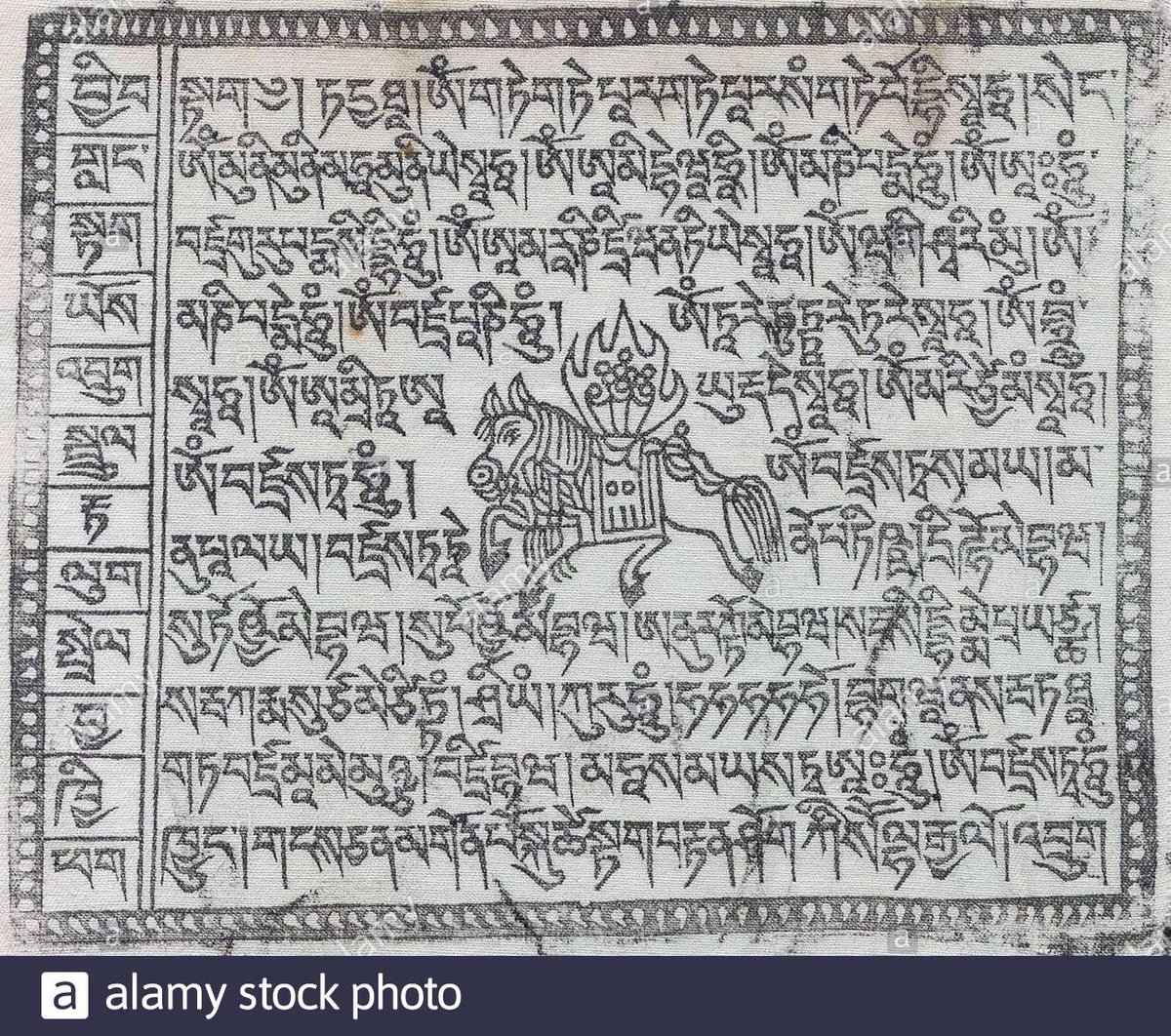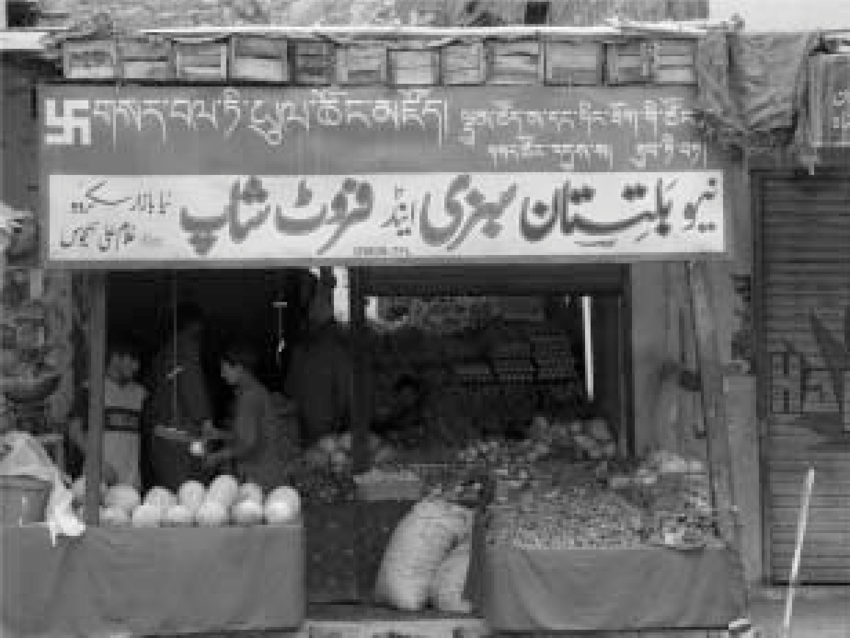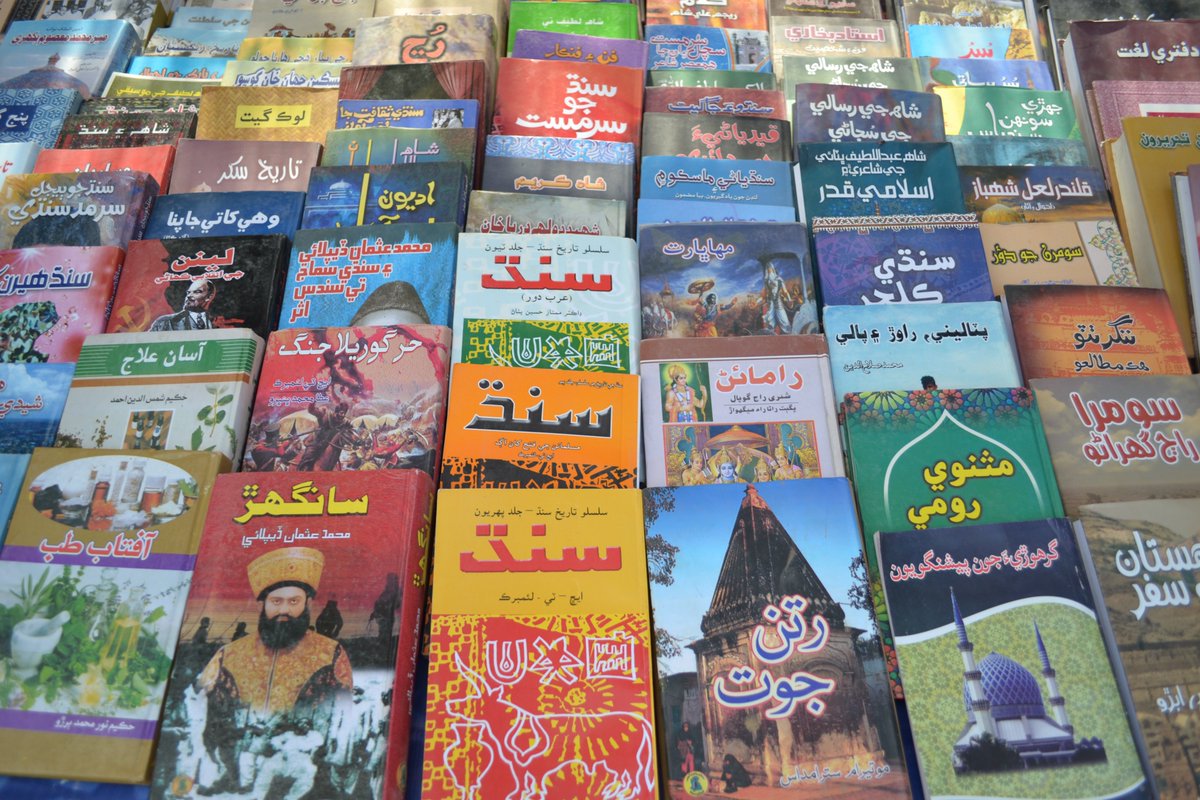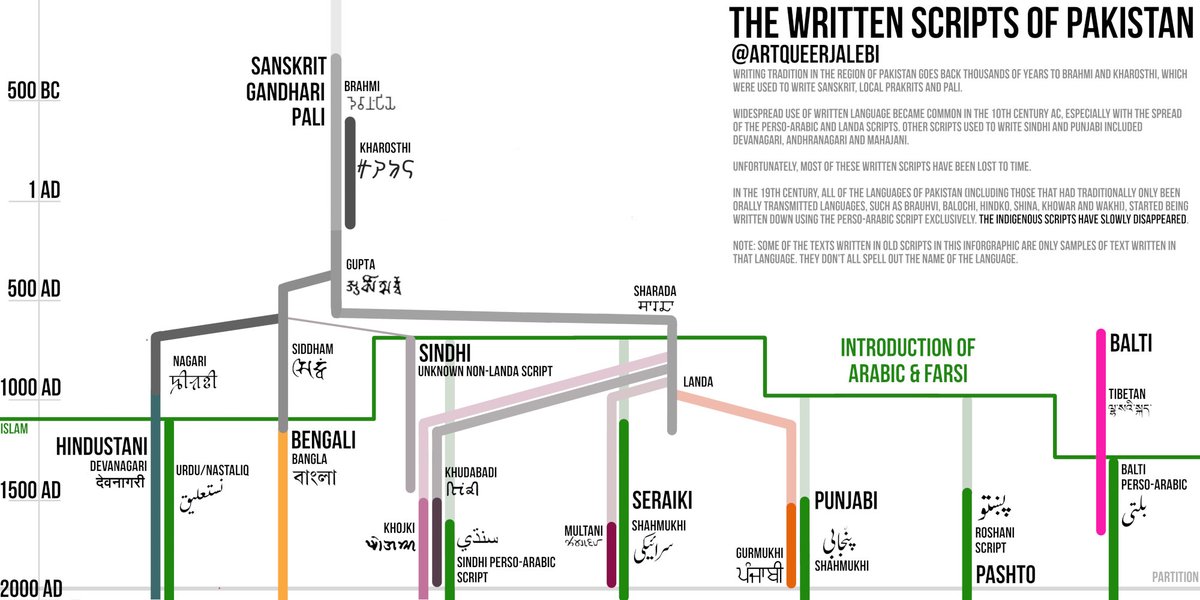The lost written scripts of Pakistan - a thread
Between 1868 to 1947, the official written script for Sindhi was the Khudabadi script. Khudabadi script was in widespread use between 16th century Sindh and Partition of India. Today, it's been almost entirely forgotten.
Between 1868 to 1947, the official written script for Sindhi was the Khudabadi script. Khudabadi script was in widespread use between 16th century Sindh and Partition of India. Today, it's been almost entirely forgotten.
Today, all languages in Pakistan are written in the Perso-Arabic script with modified characters for each written language. Urdu, Sindhi, Pashto, Punjabi, Khowar, Shina, Balochi and the rest are all written with modified forms of Perso-Arabic script.
Historically, however, Sindhi was written in more than 21 scripts. It was written in Landa scripts, such as Thattai, Khudabadi, Lohanaki, Shikarpuri, Memonki, Khojiki, Multani, Gurmukhi, Hatkai. In the tree, you can see how these writing systems were related.
Sometimes it was also written in non-Landa scripts such as Ardhanagari, Mahajani, Devanagari and others. Most of these are lost in time. Landa scripts were used all over North-Western India (today Pakistan) between roughly 10th and 19th century.
Khojki was used in the 16th century primarily by the Khoja community to write Sindhi. Although its usage has declined, it is still used by the Nazari Ismaili community in a minor capacity. There’s one theory which even proposes that the Voynich Manuscript is in Khojki script.
In Multan, a similar variant was used to write Seraiki called Multani. The first book printed in the Multani script was the New Testament in 1819. It was in use until the Perso-Arabic script was made standard in Multan in 19th century. Multani script is no longer in use.
In Rajasthan, the Mahajani script was used to write Marwari and Sindhi, and in some areas of Punjab it was used to write Punjabi within the banker communities. Pictured is also a table that shows comparison between a few other Landa scripts alongside Devanagari.
Before the Landa script (10th century), Sharada script was in widespread use in North Western India. The Sharada script is much older and at least as old as 3rd century AD. Pictured here is Bakhshali Manuscript found near Mardan, KPK which is written in the Sharada script.
Sharada evolved out of Brahmi script, which was used from at least 200 BC although some people estimate that Brahmi has been in use since 600 BC. Brahmi is the oldest Sanskrit written script in South Asia. Brahmi inscriptions can be found all over present-day KPK.
In 3rd century BC another writing script called Kharosthi was being used in Gandhara, around present day KPK and Afghanistan. This script was used to write Pali, Sanskrit and Gandhara Prakrit. Unlike Brahmi, Kharosthi has no known descendants.
Out of all the Sharada scripts, the only script that is still in widespread use today is Gurmukhi in Indian Punjab. Gurmukhi was primarily used to write Sikh texts in Punjab and became standardized through writing in 16th century.
Gurmukhi's Perso-Arabic counterpart, Shahmukhi, is older and had been in use in Punjab since at least 11th century. However, after 1947, use of Gurmukhi became non-existent in Pakistan. For that matter, Punjabi is rarely written even in Shahmukhi.
I want to talk about one more Sharada script: Takri. Takri is a non-Landa script that was supposedly used to write Kashmiri, Dogri, Gujari and other Pahari languages. But of course today, in Pakistan at least, this script is completely dead.
Balti was written with a Tibetan alphabet from 727 AD until the late 14th century, when the Balti people converted to Islam and started using a the Persian alphabet. However the Tibetan alphabet continued to be used until the 17th century and is recently seeing some revival.
There are languages in Pakistan with no written record before Perso-Arabic script became ubiquitous in the 19th century, such as Brauhvi, Balochi, Hindko, Shina, Khowar, Wakhi and if there were any written records of these languages before this, they have been lost.
Finally, in the 16th century, Pashto script was formalized by Bayazid Pir Roshan into the Roshani perso-arabic script. Then in 19th century, the modern Sindhi script was standardized and made the official script for Sindhi in 1947.
No indigenous forms of writing are in widespread use in Pakistan today. All of them have been replaced by the ubiquitous Perso-Arabic script (with some modifications).
This consolidation provides us great insight into how construction of our national narrative has worked. It's good to remind ourselves of the richness and profoundness of our ethnic, religious and cultural roots, and that we’re more than state narratives and propaganda.
Note: extensively referenced the work of @anshumanpandey_ who has done an amazing job cataloging and encoding these dying scripts. Initially I had references included but there were so many that I took them out. Can DM if someone asks.

 Read on Twitter
Read on Twitter